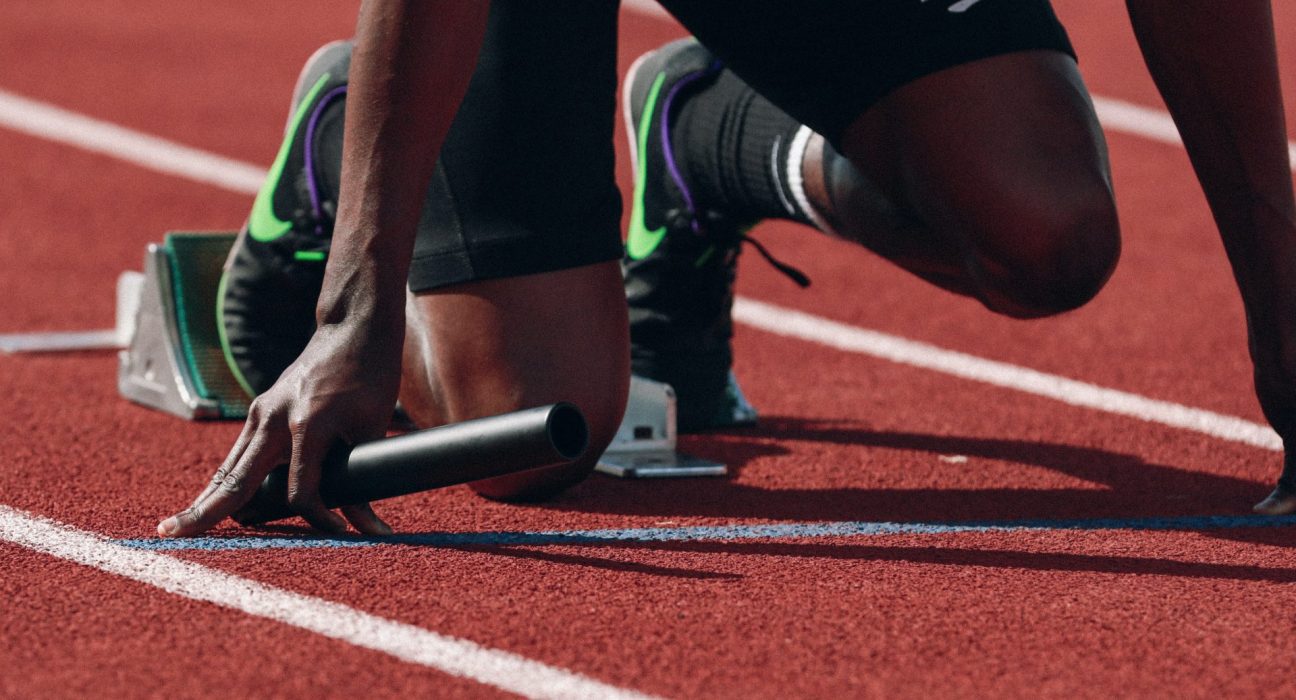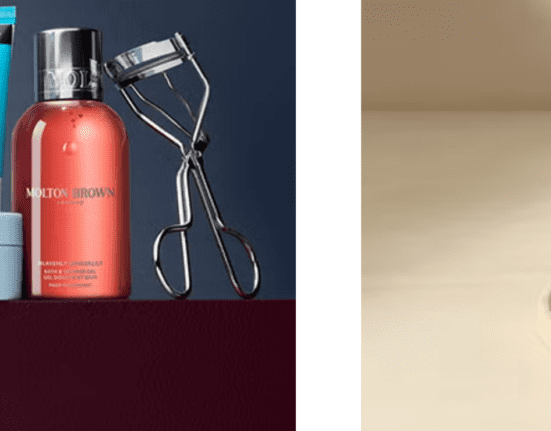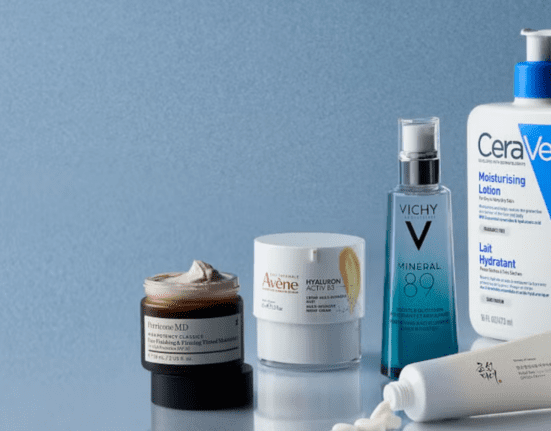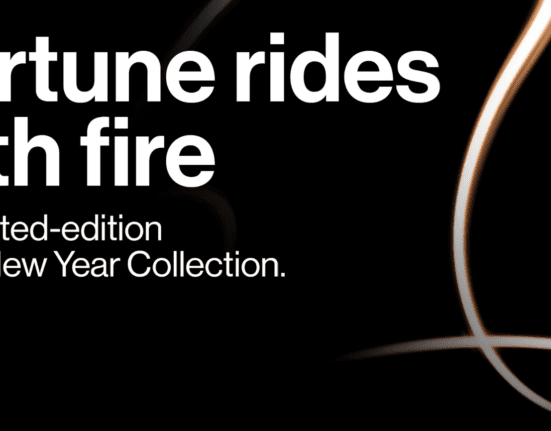How to Stay Safe When Playing Sports
Are you ready to step onto the field, court, or track and unleash your inner athlete? Whether you’re a seasoned professional or just starting out in the world of sports, one thing is certain: safety should always be a top priority. That’s where sports protection gear comes into play! In this blog post, we’ll dive into the world of sports protection gear and discover some of the best options available on the market today. So get ready to stay safe and play hard with Official-Podobrace! Grab your helmet, buckle up those pads, and let’s explore how you can elevate your game while keeping yourself protected.
The Different Types of Protective Gear
When it comes to playing sports, safety should always be a top priority. That’s where protective gear comes in. There are various types of protective gear available on the market today, each designed to protect different parts of the body during physical activity.
One essential type of protective gear is helmets. Helmets are crucial for protecting the head from impact and reducing the risk of serious head injuries, such as concussions. Whether you’re riding a bike, playing football, or skateboarding, wearing a helmet can significantly reduce the chances of sustaining a traumatic brain injury.
Another important piece of protective gear is padding. This includes knee pads, elbow pads, and shin guards that provide cushioning and support to vulnerable areas prone to injuries like bruises and fractures. These pads are commonly worn in contact sports like hockey or basketball but can also be beneficial for activities like rollerblading or skateboarding.
Mouthguards are another type of protective gear that shouldn’t be overlooked. They help prevent dental injuries by absorbing shock and minimizing the risk of broken teeth or jaw fractures during high-impact sports such as rugby or martial arts.
For those involved in outdoor activities like cycling or running, reflective vests can greatly enhance visibility and safety when training at dusk or dawn. The bright colors and reflective strips make sure you’re seen by others sharing the road – especially motorists who need ample time to react.
Don’t forget about proper footwear! Investing in quality athletic shoes with appropriate ankle support can go a long way in preventing ankle sprains while engaging in activities such as basketball or soccer.
Remember that choosing the right protective gear depends on several factors including your specific sport/activity, personal preferences, comfort level, fitment options etc., so take some time to research before making any purchases!
Stay safe out there!
The Best Sports Protection Gear on the Market
When it comes to sports, staying safe is a top priority. Whether you’re an amateur athlete or a professional player, having the right protective gear can make all the difference. With so many options available on the market, it can be overwhelming to choose the best sports protection gear for your needs. But fear not! We’ve done the research for you and compiled a list of some of the top-rated products currently available.
First up, we have helmets. When it comes to contact sports like football or hockey, protecting your head is crucial. Look for helmets that are certified and meet safety standards to ensure maximum protection against concussions and other head injuries.
Next on our list are knee pads and elbow pads. These are essential for any sport that involves jumping, sliding, or diving. They provide cushioning and support to prevent joint damage and reduce the risk of fractures or sprains.
If you’re into extreme sports like skateboarding or BMX biking, don’t forget about wrist guards. These lightweight yet durable accessories help protect against wrist fractures during falls or hard impacts.
For those participating in water sports such as surfing or wakeboarding, investing in a good quality life jacket is non-negotiable. A properly fitted life jacket will keep you buoyant in case of accidents while providing freedom of movement.
Last but certainly not least are mouthguards – an often overlooked piece of protective gear but incredibly important nonetheless. Mouthguards protect teeth from impact during contact sports such as rugby or boxing and can also help prevent jaw injuries.
Remember: when choosing your sports protection gear, always prioritize quality over price. Investing in reliable equipment may seem expensive upfront but will ultimately save you from potential injuries down the line.
How to Choose the Right Protective Gear for You
Choosing the right protective gear for your sports activities is crucial in ensuring your safety and preventing injuries. Here are some tips to help you make the best choice:
1. Assess Your Needs: Consider the type of sport you participate in and identify the potential risks involved. Are there risks of impact, falls, or collisions? Understanding these factors will guide you in determining which areas of your body require protection.
2. Research and Compare: Take the time to research different brands, models, and types of protective gear available on the market. Read reviews from other athletes who have used them before and compare features, materials, durability, and comfort levels.
3. Proper Fit: Protective gear should fit snugly but not restrict movement or cause discomfort. It’s essential to try on different sizes or consult sizing charts provided by manufacturers to ensure a proper fit.
4. Quality Matters: Invest in high-quality protective gear that meets industry standards for safety such as approved helmets with proper padding, mouthguards with adequate shock absorption capabilities, knee pads with reinforced support, etc.
5. Comfort is Key: Remember that comfort plays a significant role when choosing sports protection gear; uncomfortable equipment can distract you during gameplay or training sessions.
6. Seek Expert Advice: If you’re unsure about what type of protective gear to choose or need guidance specific to your sporting activity or body condition (e.g., past injuries), don’t hesitate to seek advice from professionals like coaches or sports physicians who specialize in sports medicine.
7.
Protective Gear Maintenance: Lastly but importantly remember that good maintenance is key! Regularly inspect your equipment for any signs of wear and tear; replace damaged parts promptly if needed; clean according to manufacturer instructions so they stay effective over time.
Remember that investing in quality protective gear is an investment in yourself – prioritizing your well-being while enjoying your favorite sports activities! Stay safe out there!










